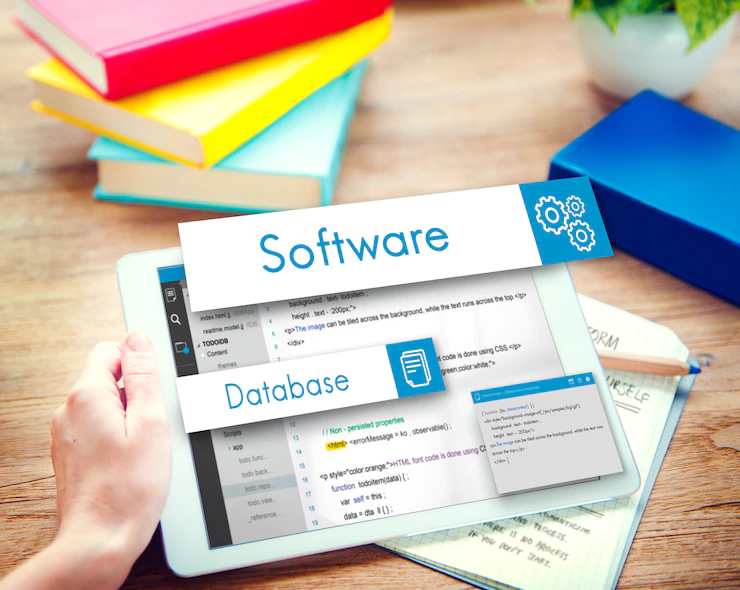
One of the most widely used database management systems in the world, PostgreSQL is extensively utilized by developers for all types of large and small applications, from business to personal projects.
Users of the open-source PostgreSQL database can query, display, manipulate, and analyze Postgres data using the PostgreSQL GUI management interface. PostgreSQL deployment administration is simple with these GUI tools. Additionally, a Postgres GUI lets you access and explore your database servers.
Looking for a better way to use PostgreSQL-GUI? We’ve got you covered in this article. But before we get to that, let’s know some reasons why you should opt for a GUI tool.
Why should I Use a GUI tool?
The regular command-line interface tools used to interact with databases are replaced with PostgreSQL GUI tools.
Why Pick Postgres GUI solution over traditional CLIs?
- To maximize the potential of the database, CLI demands a steep learning curve.
- Difficulties in browsing and monitoring databases via a console.
- The Console display does not always communicate all the information you need it to.
PostgreSQL developers’ lives are made easier with GUI tools
GUI shortcuts make work easier and faster.
Most Postgres GUIs have a substantially lower learning curve, making them much simpler for novice users to understand.
GUIs provide a wide range of alternatives for data visualization for improved comprehension.
Remote database access and server navigation are made simple by GUIs, which also make it simpler to access files, features, and the operating system.
Using PostgreSQL – GUI
A GUI for PostgreSQL, pgAdmin includes Management Tools for PostgreSQL.
PgAdmin is installed alongside the other utilities when PostgreSQL is installed.
To efficiently start pgAdmin, by selecting it from the start menu. The server starts and opens the browser window that appears next.
By looking at the URL of the browser, you can see that the server gave us a w Interface through the host 127.0.0.1:50044. Note that; The master password you chose during the PostgreSQL installation must be entered when you launch pgAdmin.
PostgreSQL GUI – pgAdmin Dashboard
After providing the password, click OK. The dashboard appears.
You may find tools to get started with PostgreSQL on the dashboard, including documentation, community assistance, and quick links.
Menu Bar of pgAdmin
The following items can be found in the pgAdmin menu.
File – The file Menu consists of Preferences for the GUI layout affecting the display of the Debugger, Query tool, etc. It also contains features for locking and resetting the pattern.
Object menu – You can build a new database, schema, table, etc. using the Object
Tools menu – Very helpful features like the Query Tool, Import/Export, Backup Server, etc. are available in the Tools menu.
Help menu – You can locate resources to get help with your PostgreSQL queries or problems in the Help menu.
Browser for PostgreSQL GUI pgAdmin
The pgAdmin Browser consists of an array of servers. Using the tree structure in the Browser panel, you may view the databases that are present on the servers, as well as their schemas, triggers, tables, and other components.
Query Tool for PostgreSQL GUI – pgAdmin
This is the most popular tool once you learn how to use PostgreSQL, where you may execute SQL queries on a particular database.
Choose a database from the Browser panel, then select Tools from the menu bar. Finally, select the Query tool.
pgAdmin in PostgreSQL: Tabs for an Object
Tabs in the PostgreSQL GUI
For instance, you can view data about sessions, transactions, tuples in and out, etc. in the database’s main pane (Dashboard).
The chosen database’s properties are available for viewing and editing.
The SQL query to build the object you chose in the browser panel is provided in the SQL tab.
The statistics tab provides information on the quantity of multiples that were added, fetched, updated, and removed as well as the size of the item you selected in the browser panel, such as a database or table.
Viewing the dependencies on or dependents of this object are also options.
Other better alternatives for pgAdmin
DBHawk offers a better alternative to pgAdmin for many reasons. First, DBHawk is entirely cloud-based and hosted securely in the cloud, so it can be accessed from anywhere, anytime.
It also supports multiple users and roles with access control to specific databases or even individual tables. This ensures that sensitive data and operations are secure. It integrates with SAML/SSO and other authentication systems, making it even more secure.
